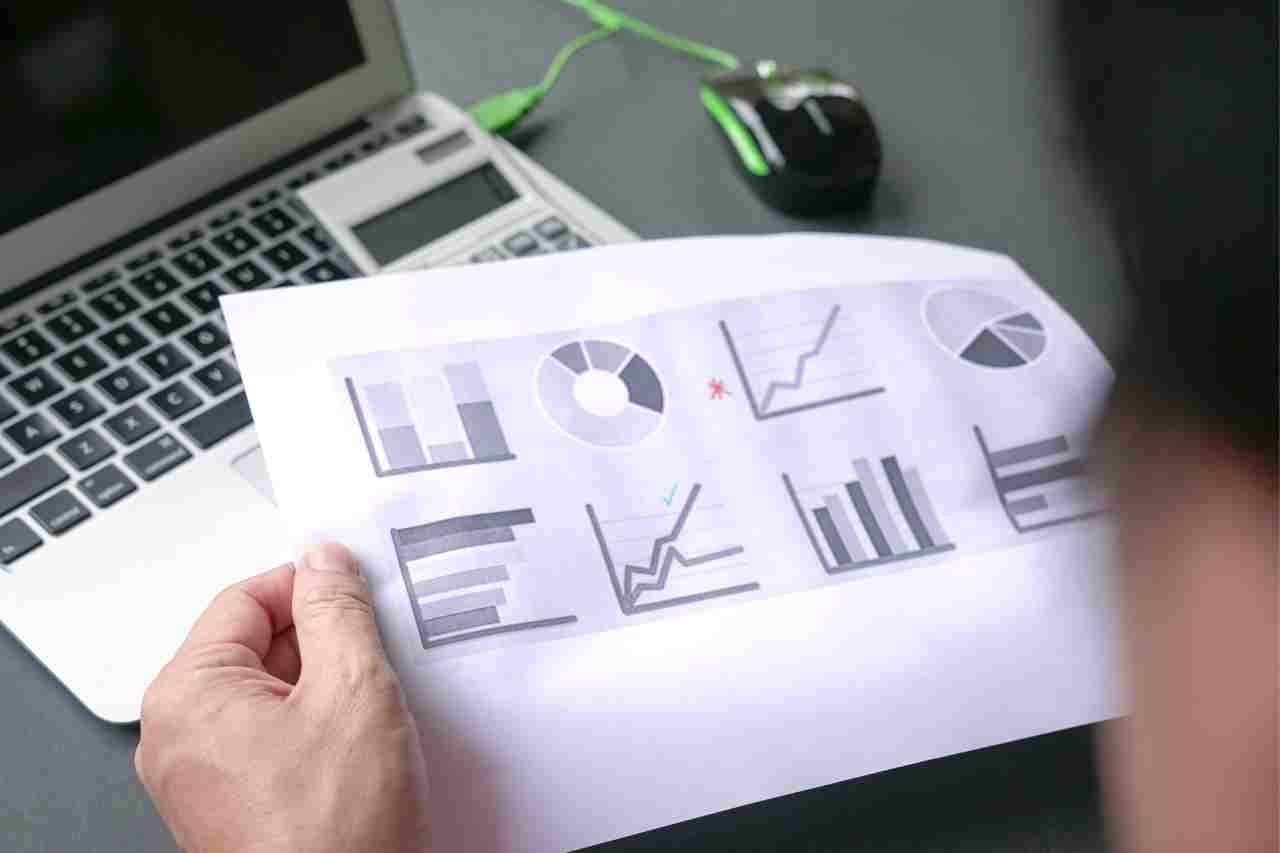Table of Contents
Day trading and swing trading are two faces of speculation. In the world of trading, there are different modes, and traders are named according to the mode they use. As a rule, there are 4 types: trading: scalping, day trading and swing trading, and position trading. They are classified according to how the trader keeps his open positions. All of them have advantages, but are also associated with certain risks.
Day trading and swing trading – investment horizon
What really is an investment horizon? It is the length of time for which a trader is able to set aside, hold and expose to risk a certain portion of his capital in order to multiply it with the help of various financial instruments. The investment horizon should be tailored to what capital the trader has, his experience and expectations in terms of rates of return.
One should also not overlook such aspects as the trader’s personal level of risk aversion or the amount of time he intends to spend on forex trading. Taking these factors into account will allow you to adjust the time horizon to suit your needs. Even the instruments that a trader can use also affect in some way how long a trader will keep open positions. There are those that are used mainly for short-term speculation and those suitable for the medium and long term.
Investing in forex on the basis of day trading is intended rather for more experienced traders, who are able to make well-considered and quick decisions, and have the ability to constantly analyze price and rate changes.

What is day trading?
Day trading is a short-term forex trading strategy that involves opening and closing trades on the same day during a single session. The trader’s projected profit is obtained through changes in the prices of the traded instrument. The option of date trading is available for currencies, commodities, stocks, etc.
Unlike long-term strategies, day trading is one of the fastest forex trading strategies available in the market. The possibility of instant profit certainly captures the imagination of investors, but the operation is high risk.
However, opening and closing positions in a matter of hours or so is time-consuming. It requires the trader to keep abreast of the changes happening on the market in a short period of time and to react instantly.
That’s why day trading is designed especially for experienced traders. It is very popular among traders who have a high initial capital. Due to the large number of transactions carried out in a short period of time, it is worthwhile to carefully examine the offer of brokerage houses, especially in terms of commissions on individual transactions. Many providers offer reduced fees for openings and closings on the same day.
Day trading – forex
Day trading is a very popular form of investment in forex, the largest over-the-counter currency market. The big advantage of forex is the very large access to carry out transactions. They can be made five days a week – 24 hours a day, which is a good ground for traders who prefer short-term, day trading type investments and make a lot of them in one day.
A big advantage of forex trading is also the possibility of leverage. It consists in the possibility of making much higher transactions than the capital held. This is a solution that is intended for experienced investors, as it is fraught with considerable risk. In extreme cases, it can lead to a situation where the incurred loss, will exceed the deposit paid. The client is then obliged to return the negative funds to the service provider through which he made a transaction using leverage.
Day trading – stock market
Day trading is also a short-term strategy available on the stock market. The mechanism for making transactions is the same as in the forex market. Day trading on the stock exchange differs in particular in the limited time horizon. The sessions of the exchange are held at specific times and only on business days. Only during these hours is it possible to make transactions, which greatly reduces the possibility of investing funds.
However, the advantage of day trading strategies on the stock market is that they are highly resistant to external factors. By virtue of the opening and closing of the investment on a single day, the stock market is independent of possible adverse changes that can take place on world stock exchanges already about the end of a certain session of the stock market (read also: How to invest in the stock market).
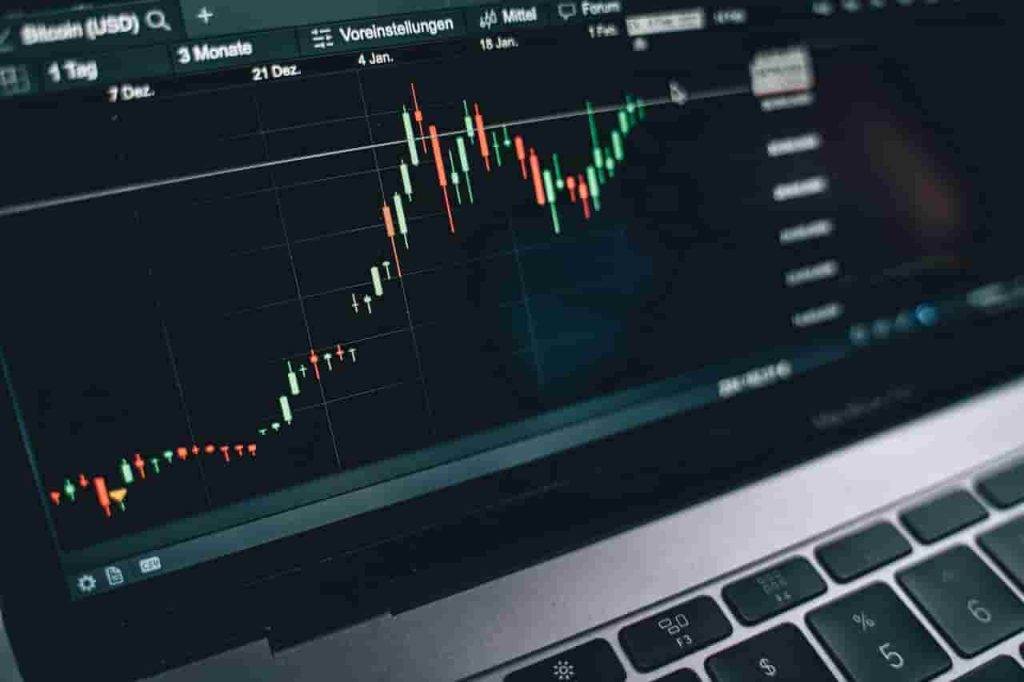
What is swing trading?
What is swing trading? This is the third type of trading, which is medium-term. It is a mode in which the trader tries to take advantage of a constant trend, regardless of the fluctuations of the market at the time the positions are open. Swing trading involves holding a position for more than one day, but less than a few weeks. In terms of time horizon, swing trading is between day trading and position trading. Swing trading strategies are very often based on either technical analysis or decisions that are made based on current macroeconomic issues.
How do swing traders make their decisions?
When creating this type of strategy, technical analysis is key, as it is necessary to identify the right moment to open a position. Traders often look for trends that have already developed, and then wait for the moment when a correction occurs. It will allow them to join the trend at a much better price. The optimal profit/risk ratio is also important here. It is important to remember that the potential risk should be lower than the expected profit.
In addition, swing traders often also rely on fundamental analysis. That is, if suddenly a war breaks out in an oil-producing country, the time of the moment of the oil price increase will be prolonged. According to this scenario, a person who is interested in online trading and is involved in swing trading should take a long position on oil expecting the price to rise within two weeks. It is worth remembering that often macroeconomic or political events, have a big impact on different markets.
Swing trading vs. trend
Sometimes swing traders tend to trade forex against the trend. However, does this really mean that they are less likely to make a profit? Not always, as it is very important in swing trading to invest in forex on the basis of several intervals. This means that the trader does not only analyze the interval on which he trades, but also his decisions are based on several intervals.
For example, on the daily interval, an upward trend is visible. However, on the other hand, on the hourly and fifteen-minute intervals, it is apparent that a correction may occur. Then the trader knows that even if there is an uptrend in the long term, he can still make profits in the short or medium term by taking advantage of the signals that are generated from the lower intervals.
Day trading and swing trading – similarities
Day trading and swing trading have several points in common:
- Both modes can be executed with different types of assets, such as stocks, currencies, commodities, cryptocurrencies, metals, CFDs, futures, etc. It all depends on the investor’s goal,
- In both cases, you can make money on both upward trends and downward trends,
- Emotion control and patience are required to avoid closing positions as soon as the trader gains a few pips,
- In both trading modes, it is recommended not to exaggerate leverage, as the risk of loss is higher.
Day trading and swing trading – differences
In order to choose the right option for you, it is useful to know the differences between day trading and swing trading. The following few questions will help the investor determine which option is best for him.
Time allocated for investing, analysis and preparation for the session
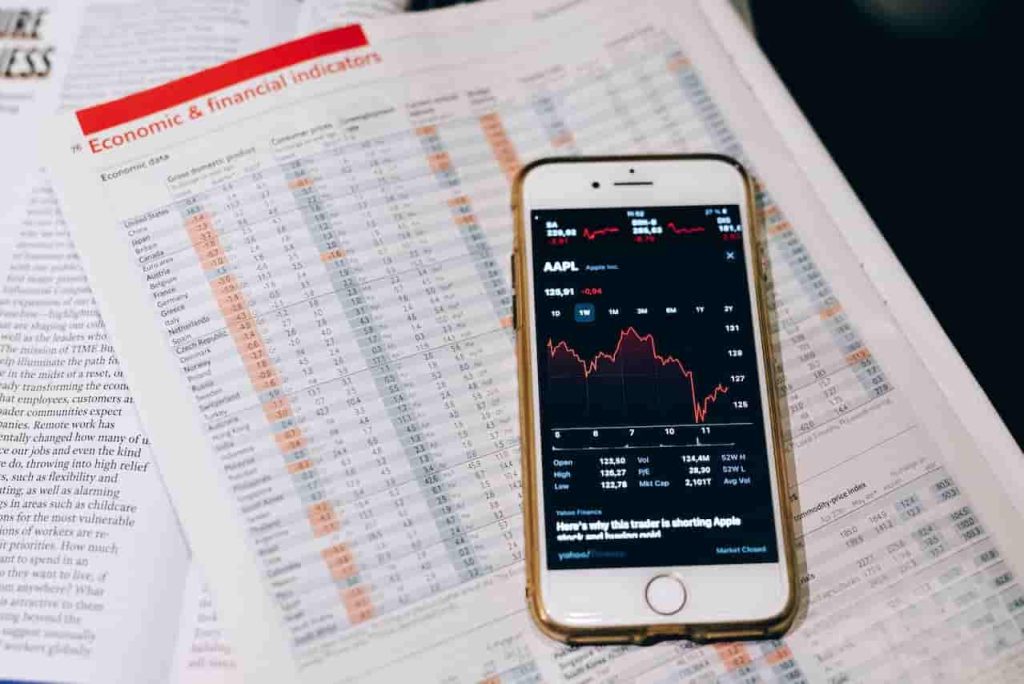
In the case of day trading, session investment requires daily and constant analysis of companies. Forex trading, namely day trading, requires a trader to focus on a specific trading session and devote at least several hours a day to forex trading. It is necessary to analyze macro events, companies in order to search for trading opportunities, or to play the so-called stocks in play during the trading session. Day trading requires dedication of a considerable amount of time. It is difficult to reconcile a full-time job with being a day trader.
As for swing trading, investing in the longer term compared to day trading, does not require the trader to sit in front of the quotation window all the time. The analysis of the inputs, which applies to medium or long term trading, gives far fewer signals for trading. Consequently, the trader has more time for other aspects of life.
Number of trades
In day trading, the number of single-session trades is often very large. Most day traders make at least a few dozen trades per session. In contrast, in the case of swing trading, the number of transactions is quite a bit smaller. Depending on the interval a trader chooses, he will make trades once a week, twice or once a month.
Profit from positions
Given that most of the trades that are made daytrading are for 1-30 minute intervals, also the profits in certain trades can be a compound sum. If a trader makes a hundred trades during a session, of which about 70 yield a profit of a few/some dollars, the total profit increases accordingly. The potential for realized profit when it comes to i forex trading, or more precisely day trading, depends on the strategy that has been adopted by the investor.
When it comes to swing trading, the trader, given that the number of trades he makes is smaller and the interval is longer, he expects a correspondingly large return on his investments.
Risk in positions
A trader using day trading on a daily basis manages every position he holds. Constant observation of quotation and price changes allows for instant action in case of sudden movement. Most daytrading accounts are leveraged – unskillful position management, is associated with the risk of a greater loss than the capital that is deposited in the account.
Swing traders usually set take profit and stop loss rates within a given range of % movement of companies and % change in capital. So they assume in advance what the risk of the position is. With swing trading, there is a risk that comes with overnight trading. When an important news item appears outside of the regular session, it can cause a company to open with a large downward or upward gap on a particular company. This, in turn, can cause a large overshoot of the assumed stop loss.
Performance analysis
An investor using day trading knows exactly how much he has earned and how much he has lost each day (Read also: How much can I make in the stock market). Analysis of results is instantaneous. In this case, there is an additional aspect – the absence of nerves that often accompany investors who wait for the opening of the company’s quotations the next day, especially when there was a significant event during the night.
As for swing trading, it is possible to analyze the results only when the position is closed with a profit or loss. This can take several weeks or months. In this case, more patience is required from the investor.
Capital and leverage

Depending on the style of trading, the capital needed for a person who uses day trading to play on the U.S. stock market is $25k to get the right leverage from the broker. If the game is played on CFDs, this capital is less. The capital that a trader can operate with will to some extent reflect the profit possibilities that a trader can achieve, as well as the potential that day trading will generate.
In the case of swing trading, given that being a medium or long-term trader, one may have another job, the capital he can bring to the stock market depends only on him and his financial capabilities.
Day trading and swing trading – what type of trading to choose?
When it comes to day trading and swing trading, there are several factors to pay attention to when deciding between day trading and swing trading. The first is the investor’s availability. Day trading is more time-consuming. With swing trading, the trader has more freedom.
The pace of day trading is much faster. The trader has to open different positions in one day, which requires him to be constantly focused. Positions opened during swing trading last longer, and also do not require the trader to pay as much attention.
The trader should also estimate how much stress he can bear. Usually, with rapid changes and constant focus, day trading is considered very stressful than swing trading. Whatever the trader’s choice, he should remember that he must invest a lot of time in preparation. The trader must acquire the necessary knowledge of financial instruments, forex platform, indicators. Strategies are also worth testing on demo accounts, which are provided by brokers (read also: Forex demo).
Day trading and swing trading – advantages and disadvantages
Day trading and swing trading have both advantages and disadvantages. First of all, both are typically speculative in nature, so they are characterized by high risk, especially when trading with leveraged derivatives.
Advantages and disadvantages of day trading
As for effective and profitable day trading, it is demanding and time-consuming. The disadvantage of it is that it is difficult to be a good daytrader, dealing professionally with quite something else. Zelaszcza scalping requires low risk aversion, as well as high mental toughness.
However, day trading also has several advantages. These are, first of all, the ability to take advantage of very short-term price movements and the high liquidity of the trader’s account balance, since the funds needed to open a position, are locked up for a maximum of several hours.
Advantages and disadvantages of swing trading
Swing trading is a more relaxed trading option that does not require spending many hours a day in the market. It is also theoretically lower risk. This type of trading also gives great flexibility in terms of capital management. Positions that are in a clear trend, a trader can hold even for several weeks, allowing profits to grow. Swing trading will also be a good choice for traders who treat forex trading more as a hobby, rather than as a permanent source of income, since much less time needs to be spent on it.
Disadvantages of swing trading include the risks that come with the possibility of holding losses. Short-term speculators should also exercise discipline when it comes to risk management. Another downside is the potential costs associated with holding positions between sessions, such as negative swap points. For many traders who do not have a well-defined strategy, the freedom associated with swap trading can prove disastrous and lead them to stop sticking to risk management rules and start holding loss-generating positions.
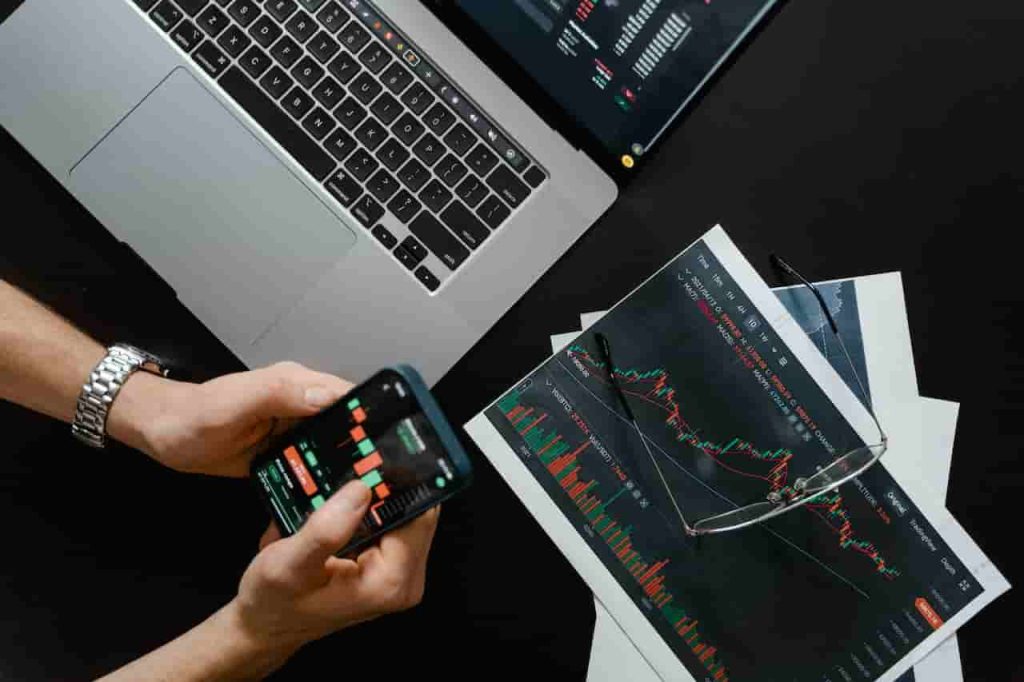
Trading forex – tips
Investing in forex is growing in popularity. Mainly due to the easy access to investment platforms and the simplicity of trading. However, how to invest successfully?
Training
Investing in currencies is a good idea for multiplying capital, but only if the decisions made by the investor, are informed. For this reason, before setting up an investment account, it is a good idea to take a training course. Many service providers offer free instructional companies and webinars, from which a novice trader can learn how the market works and how to understand trading-related concepts. A trader should know what leverage, lot or spread is. Otherwise, he will not be able to understand his own actions.
Demo account
After the theory comes the time for practice. To test his skills, a trader should open a demo account. Such an opportunity is currently provided by most brokers. A trader who has a demo account can see in practice how the market works, without committing his capital. This is important, in particular, for those who have a low level of risk appetite.
A forex demo account looks and works in the same way as a real one. However, the person using it does not trade with the deposited capital, in virtual funds. By trading on a demo account, a novice trader is willing to take more risks, so he can test the effectiveness of various strategies.
Following the changes
If a novice trader takes to heart the advice that applies to learning, over time he can begin to trade properly. When making subsequent trades in the foreign exchange market, the trader must follow the trends that follow. Attempts to trade at peaks and bottoms, usually do not end well. If a trader is not willing to take high risks, he should make buy trades on supports in upward trends. In turn, make sell trades at resistances in downward trends.
Market analysis
A trader who is familiar with the market situation, as well as keeping up to date with economic events, will be able to tell how the rates of certain currencies will develop in the near future. A trader who does not have the skills and time to do the analysis should have it done by a professional. Many service providers offer their users personal advisors who are well versed in this subject.
Use of modern solutions
More and more people who are interested in forex trading rely on automated trading. Modern software, which is called forex robots, makes it possible to invest in a 100% passive way. Using them does not require a lot of experience and knowledge, which is why novice traders are eager to use them.
Control over emotions
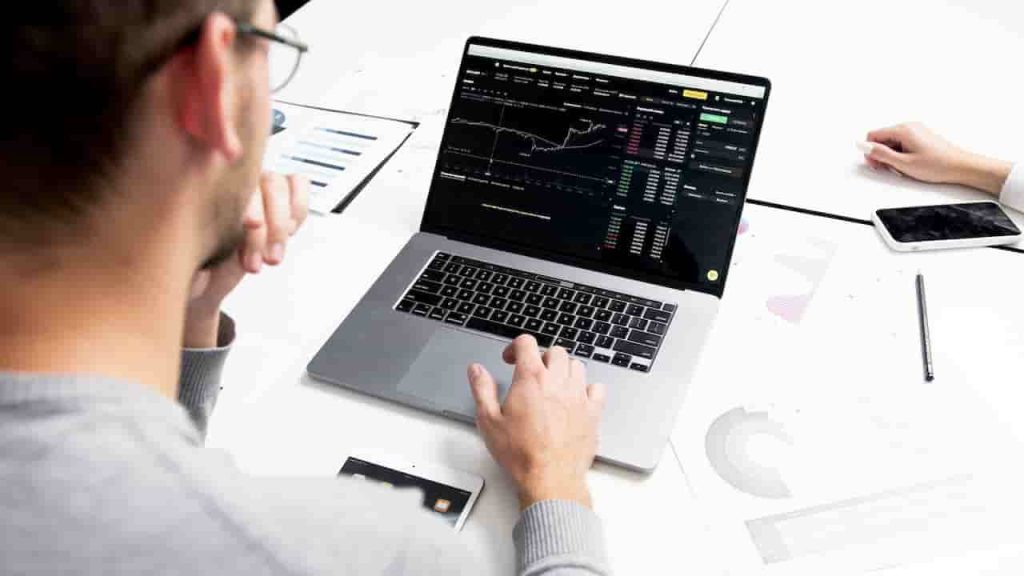
A good trader is one who can keep a cool head. Forex trading arouses certain emotions in everyone. It is important to be able to control them and take a cool approach to decision-making. Emotions will not help at all, and they can be a bad advisor.
You may also read: Investing in ETFs
Stock market simulator
Before you start real trading, it’s a good idea to use a stock market simulator where you can practice forex trading and test your strategies. The forex game tries to match the real conditions that prevail in the real stock market, so the trader can feel as if he is investing real capital. Usually, the user is given a capital of virtual money, which he can allocate in any way he wants. He can then take risks and use leverage without worrying about losing real money.
Choosing the right forex platform
The forex platform is the link between the trader and the exchange. With its help, the trader makes trades, so it should be intuitive, easy to use, but also have useful features that make forex trading easier. It also needs to work quickly, so that the trader does not waste time when making quick moves that can weigh down the entire investment (read also: Online investment platform).
Picking a strategy
You shouldn’t start forex trading without having a plan, as it is likely to fail. A beginner trader should test several strategies, from which he will choose the one that best suits his needs, expectations and abilities. Only after choosing the right strategy should the trader enter the market and start forex trading (read also: Forex for beginners).
Day trading and swing trading are two different trading styles, which, however, have several similarities. Which option a particular trader chooses to bet on depends on a number of factors and his individual preferences and situation. Day trading and swing trading have their advantages and disadvantages, so before making a choice, it is worth considering which style will be best.





![Investing in stocks and bonds [guide] Investing in stocks](https://fxnstock.b-cdn.net/wp-content/uploads/2022/11/Investing-in-stocks-8-min-75x75.jpg)



